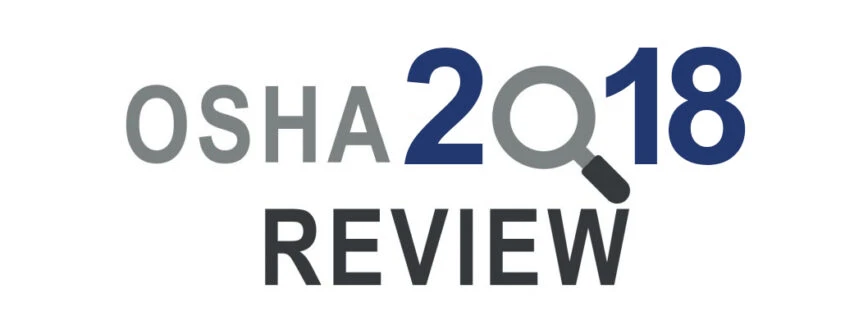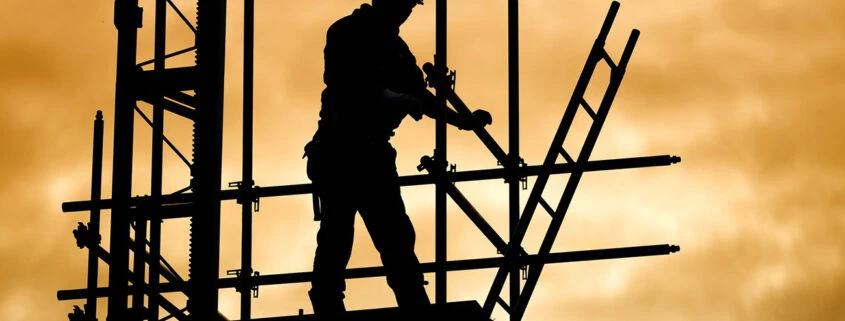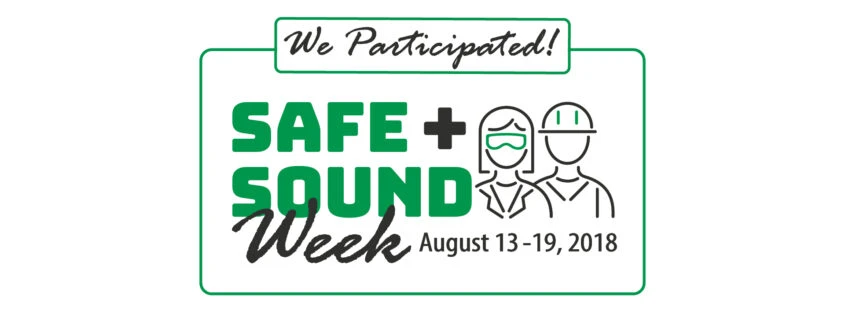Does your contract require an onsite safety manager?
Over time, we have learned that project managers and safety directors alike have limited resources to identify and provide short-to-medium-term onsite safety solutions for their projects that are cost-effective; and, that can offer the credentialing and expertise required to meet a variety of project specifications.
In the midst of a booming construction market with a high demand for safety professionals, you simply don’t want to wait until post-bid to determine rates and availability.
Advantages to using a third-party for onsite safety are:
1. Frees up supervisory personnel to concentrate on budget, schedule, quality and personnel.
2. With safety as their primary focus, third-party providers are typically more up-to-date on OSHA regulations and updates.
3. They typically have broader experience with managing various types of safety issues.
4. They are typically more ‘in the know’ as to OSHA’s current focus in the industry.
5. They have often seen multiple methods for achieving both safety and compliance objectives, in various circumstances.
6. Eliminates potential for conflict of interest between production and safety personnel.
7. Third-party professionals are less likely to ignore violations due to relationship, friendship, etc.
8. They can spend more time in the field identifying unsafe acts and unsafe conditions, since they are not having to spread their time across multiple projects like a typical safety director would.
“An ounce of prevention is worth a pound of cure.”
Many employers feel that job site safety eats into their bottom lines, profits and productivity. While the cost of providing a safe job site for your employees does come with a price tag, on the contrary, consider the cost of one job site accident. Injured employees, workers compensation costs, increased Experience Modification Rates (EMR), higher insurance premiums and OSHA citations can all eat away your company’s ‘pot of gold’.
Onsite Safety Consultants can help protect your workers, your company, and your investments.
Contact HB NEXT today to learn how we can help staff an Onsite Safety Coordinator for your next project!











